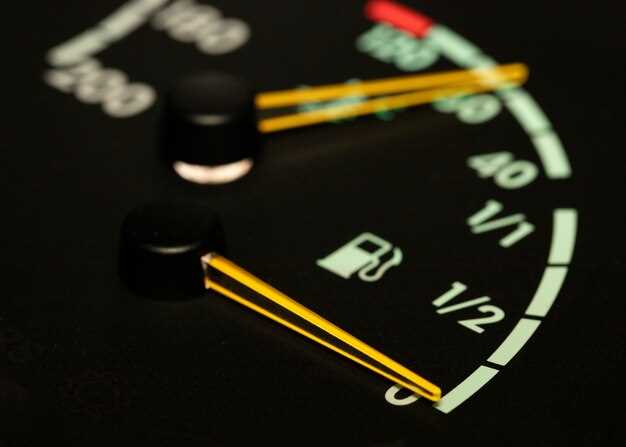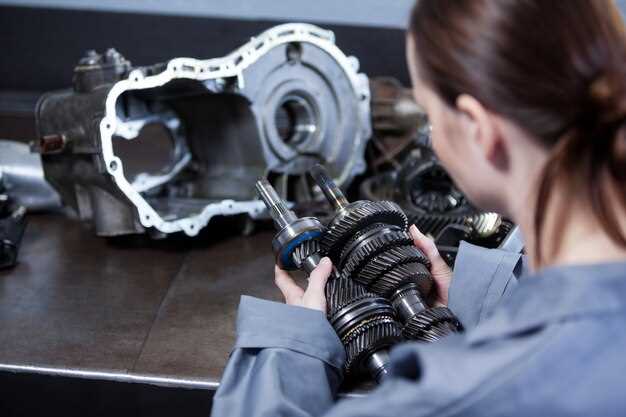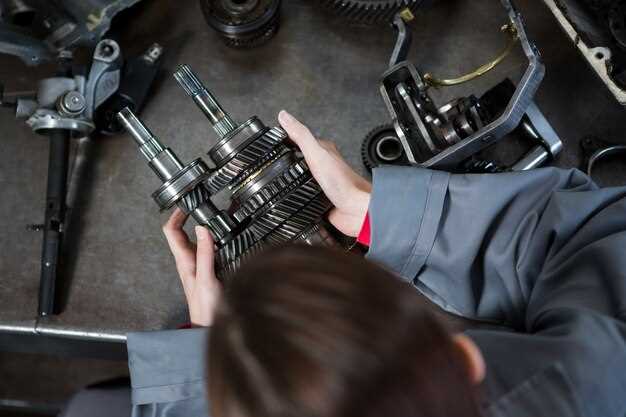
Increasing the horsepower of your vehicle can significantly enhance its performance, making driving an even more thrilling experience. Whether you’re an enthusiast looking to maximize your car’s potential on the track or just want improved acceleration for daily driving, a variety of performance upgrades are available to help you achieve your goals. Understanding which modifications yield the best results is essential for any car owner.
From engine modifications to exhaust systems, every upgrade can contribute to a noticeable increase in power. Performance chips, for instance, recalibrate your engine’s parameters for improved efficiency and horsepower. Similarly, cold air intakes allow for better airflow into the engine, promoting combustion efficiency and ultimately boosting power output. Each component plays a crucial role in your vehicle’s overall performance.
Investing in quality upgrades is not only about raw power but also about ensuring reliability and longevity of your vehicle. Here, we will explore various options available to boost horsepower, examining their effects, benefits, and considerations to keep in mind. Get ready to take your vehicle’s performance to the next level with these effective upgrades!
Maximizing Engine Airflow with Cold Air Intakes
Improving engine performance is essential for enthusiasts looking to enhance horsepower and torque. One of the most effective upgrades for maximizing engine airflow is the installation of a cold air intake system. By increasing the amount of cool, dense air entering the engine, cold air intakes significantly improve combustion efficiency, leading to better overall performance.
How Cold Air Intakes Work
Cold air intakes replace the factory air intake system, allowing for a greater volume of air to flow into the engine. Unlike traditional intakes that draw air from within the engine bay, which tends to be hotter, cold air intakes are designed to pull air from outside the vehicle. This cooler air is denser and contains more oxygen, essential for a more powerful combustion process.
Benefits of Cold Air Intakes
The installation of a cold air intake system offers several advantages:
- Increased Horsepower: By improving airflow, cold air intakes can increase horsepower by 5-20, depending on the vehicle and the quality of the system.
- Improved Throttle Response: More efficient air intake leads to quicker throttle response, enhancing overall driving experience.
- Better Fuel Efficiency: With optimal air supply, the engine can burn fuel more efficiently, potentially improving fuel economy.
- Distinctive Sound: Many cold air intakes produce a more aggressive engine sound, adding to the driving enjoyment.
Choosing the Right Cold Air Intake
When selecting a cold air intake, consider options that are designed specifically for your vehicle model. Pay attention to airflow characteristics, filter quality, and materials used in construction. A higher-quality intake may have a larger diameter pipe, mandrel bends for smooth airflow, and a premium filter that can be cleaned and reused.
Installation Considerations
Many cold air intake systems are designed for straightforward installation, often requiring basic tools. However, ensure to follow the manufacturer’s instructions carefully to avoid any potential issues. Additionally, check local regulations regarding modifications, as some areas have restrictions on emissions-related upgrades.
In conclusion, installing a cold air intake is a highly effective way to maximize engine airflow, resulting in improved performance and driving experience. With proper selection and installation, this upgrade can provide noticeable gains in horsepower and efficiency.
Enhancing Fuel Delivery through High-Performance Fuel Injectors

High-performance fuel injectors play a critical role in optimizing the engine’s fuel delivery system, significantly enhancing overall efficiency and power output. By replacing stock injectors with performance-grade options, enthusiasts can achieve a more precise and powerful combustion process.
Here are the key benefits of upgrading to high-performance fuel injectors:
- Increased Flow Rate: High-performance injectors are designed to deliver a greater volume of fuel per unit of time, which allows for more fuel to be mixed with air. This is particularly beneficial for modified engines that require more fuel to support increased horsepower.
- Improved Atomization: These injectors are engineered to atomize fuel more effectively, ensuring a finer mist that enhances combustion efficiency. Better atomization leads to a more complete burn, reducing fuel waste and improving throttle response.
- Enhanced Tuning Capabilities: Upgraded fuel injectors offer more tuning options, allowing drivers to optimize fuel maps to match their specific performance needs. This flexibility is crucial for achieving maximum potential from high-performance modifications.
- Greater Durability: High-performance injectors are built with advanced materials that withstand higher pressures and temperatures, providing longevity and reliability even under extreme conditions.
When considering an upgrade, it’s essential to choose injectors compatible with your specific engine and performance goals. Conducting thorough research and consulting with professionals can ensure optimal results.
In summary, investing in high-performance fuel injectors is a strategic move for those seeking to boost horsepower. The improved fuel delivery can lead to enhanced performance, better engine response, and ultimately, a more exhilarating driving experience.
Optimizing Exhaust Flow with Aftermarket Headers and Mufflers

Enhancing your vehicle’s performance often requires a comprehensive approach, and one of the most impactful modifications is upgrading the exhaust system. Aftermarket headers and mufflers are crucial components in optimizing exhaust flow, which can lead to significant horsepower gains.
Headers replace the factory exhaust manifold and are designed to improve the efficiency of exhaust gas flow from the engine. Unlike stock manifolds, which tend to be restrictive, aftermarket headers feature larger diameter pipes and smoother bends. This design helps to minimize back pressure, allowing exhaust gases to exit more freely. As a result, enhanced flow can improve engine scavenging, particularly at higher RPMs, improving overall power output.
Moreover, material choice plays a vital role in the performance of headers. Many aftermarket options are constructed from high-grade stainless steel or titanium, both of which offer excellent heat resistance and durability. These materials not only withstand the rigors of high temperatures but also contribute to a lightweight construction that further enhances performance.
Mufflers also significantly influence exhaust flow by determining how exhaust gases are directed and muffled before exiting the system. Upgrading to a performance muffler can reduce restrictions, allowing gases to flow out more efficiently. Many aftermarket mufflers utilize straight-through designs, which offer less restriction compared to traditional chambered designs. This reduction in back pressure helps engines achieve better power and efficiency.
Furthermore, sound should be considered alongside performance. While some may seek a more aggressive tone, others might prefer a more subdued exhaust note. Aftermarket options vary widely in sound profiles, giving enthusiasts the ability to tailor their vehicle’s auditory character while enhancing performance.
In conclusion, optimizing exhaust flow with aftermarket headers and mufflers is an effective way to enhance engine performance. Improved gas flow reduces back pressure, contributing to higher horsepower and torque. When combined with quality materials and thoughtful design, these upgrades can transform your vehicle into a high-performance machine.



